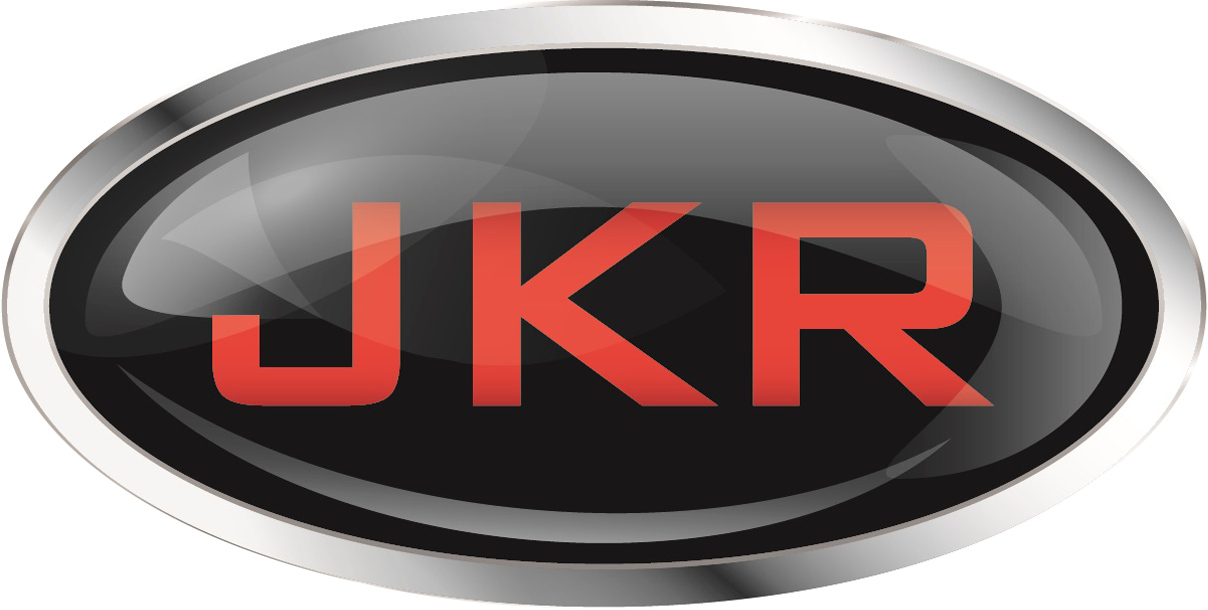How Automotive Advertising Has Changed Over the Years
The first job I ever had in the automotive business was during the summer of 1972 clerking at the Texaco purchasing department in Long Island City, New York. I was a sophomore in college, working for my father Gerard Baumann, who was a tough boss. My father was a buyer of fleet vehicles, and my job was to do what I was told.
It was there where I began to learn how complex the automotive industry is, and since then, it hasn’t gotten any simpler. At the time I had a general idea of what was going on, but the complexities of fleet sales in comparison to retail sales seemed a bit daunting. Now here I am some years later, and the complexities of retail sales in comparison to fleet sales have become nearly as complex.
Back then, all you really needed for automotive advertising were the local newspapers. At the time, Long Island had two dailies, The Long Island Press and Newsday, those two publications pretty much controlled access to the market. Each had substantial automotive sections published twice weekly; in addition to the local papers, three major New York city papers, New York Post, New York Times, and the Daily News had huge automotive sections, and the more successful automotive dealers on Long Island would also buy space in the city publications.
Dealer branding was enormously simple compared to today. First were The Yellow Pages, a staple in every household, then there was everything else; church bulletins, diner menus, printed event annuals and programs, high school yearbooks I remember at the back of my high school yearbook several pages that expressed pretty much the same message from local automotive dealers; Best Wishes to the Class of 1970! Bast Chevrolet – See the USA in a Bast Chevrolet! Thinking back, it was community involvement on a simple but very meaningful level.
The introduction of cable in the early seventies was not so much a game-changer for dealers, but what many considered an exotic add-on to the media mix. Hey! Did you see me on TV? Newsprint continued to reign, until it began to slide. On March 25, 1977, The Long Island Press ceased to exist, leaving Newsday as the principle newspaper on Long Island. Things then got really simple; fundamentally it was either Newsday or nothing, if you weren’t in the Wednesday and Sunday auto sections, you did not exist. In a great twist of irony, Newsday was sold in 2008 by the Tribune Co. to none other than Charles Dolan, founder and owner of Cablevision.
As cable continued to etch its way into retail automotive advertising, ad agencies began to pay heed; knocking together a print ad that made you look good was easy in comparison to a TV spot that made you look good the same is true today. And, as market forces tend to seek some semblance of balance, radio auto advertising blossomed.
Automotive advertising stayed on this path for some time, mostly print, some radio and [for the bold] cable too. The manufacturers provided products and branding, retailers advertised deals. Detroit was Detroit, the big three had the market and the muscle and then there were the rest these small, unsophisticated cars from Japan, and an odd, quirky bunch of brands from Europe. There’s no need to belabor the point as we all know what happened; the oil crises in 1972 made the unsophisticated cars from Japan, and the odd, quirky bunch of brands from Europe a lot more attractive to American buyers than ever before. Subsequent gas crunches reinforced the trend as the cars from Asia and Europe improved in quality and sophistication. Meanwhile, Detroit slept. Fortunately, since then, the sleeping giants in Motown have awakened, smelled the coffee and got back to work.
As Motown slept, so did print media. Everyone appeared happy, things were going along swimmingly and then the World Wide Web happened.
At first it was the world wide what? Then it started to become the wild-wild west; automotive ad agencies were at odds as to what to do.
To be continued


